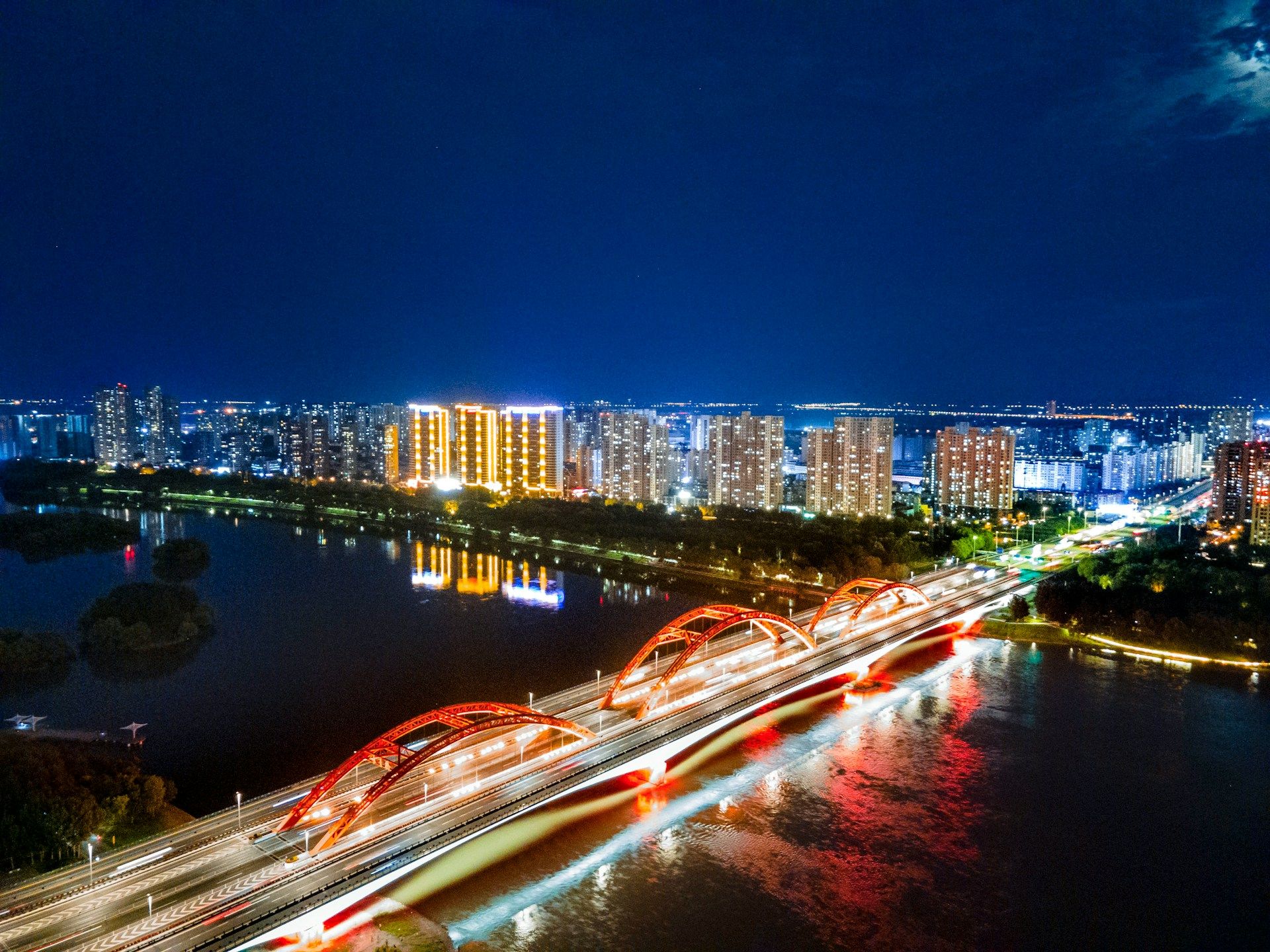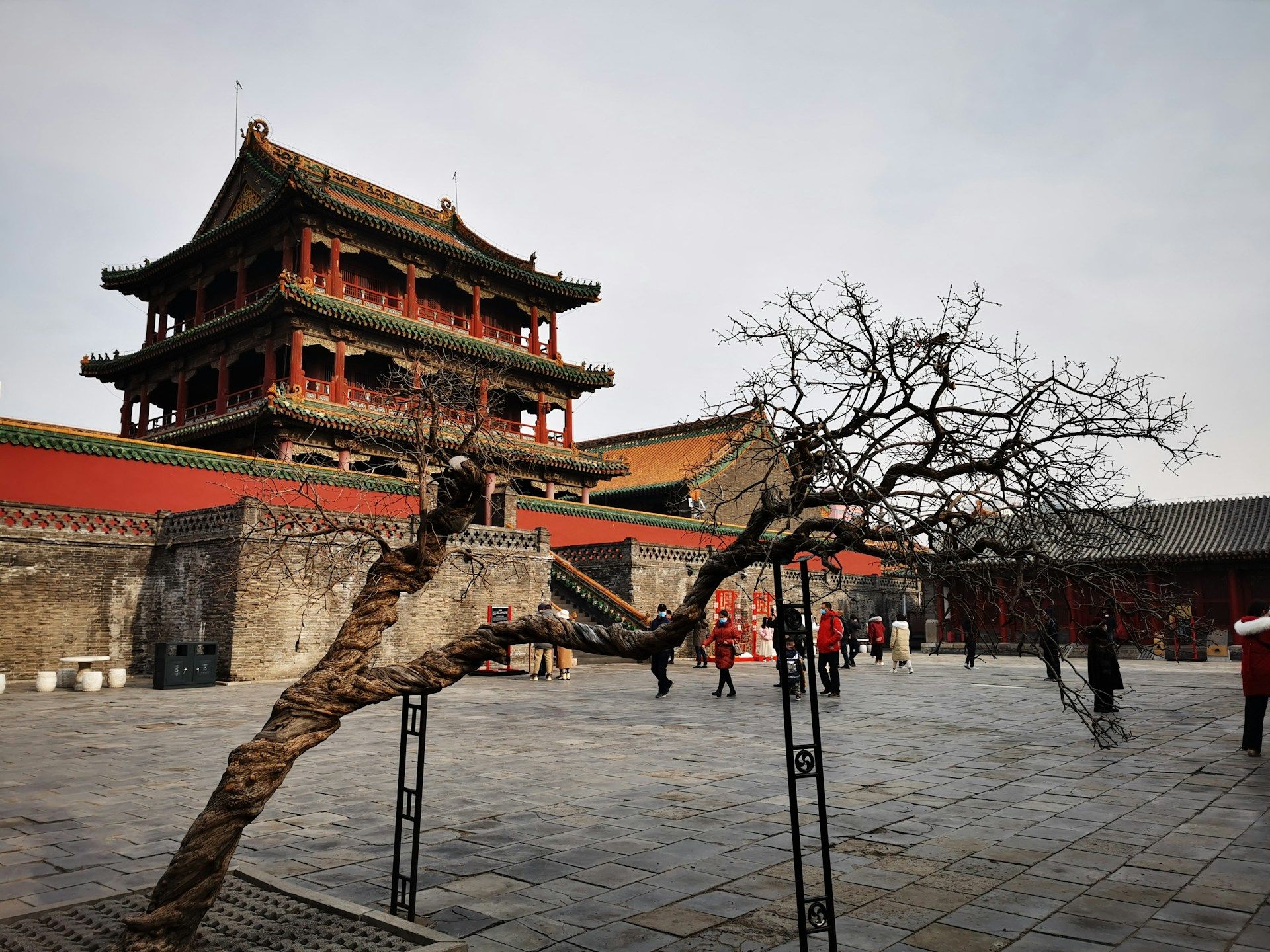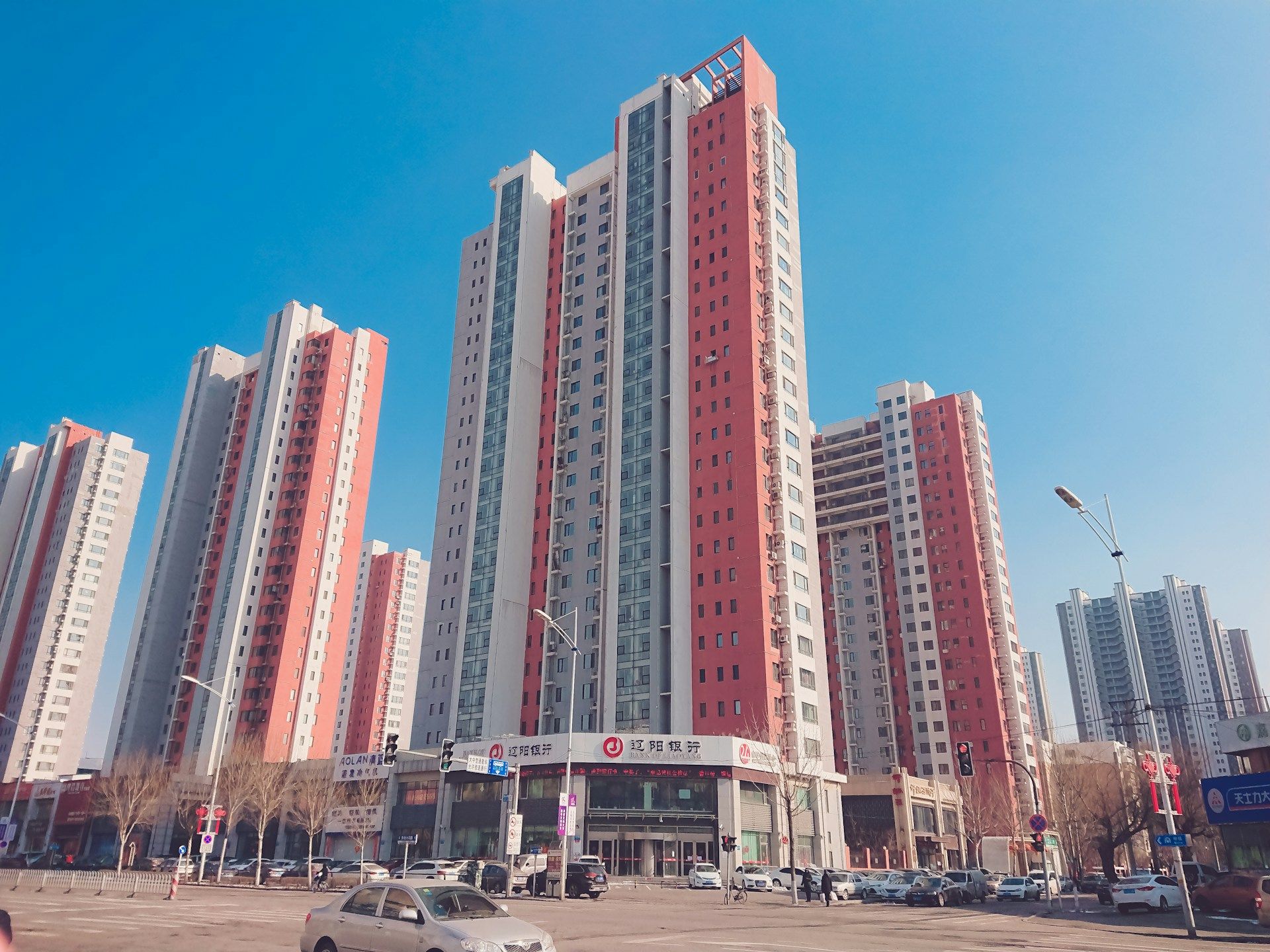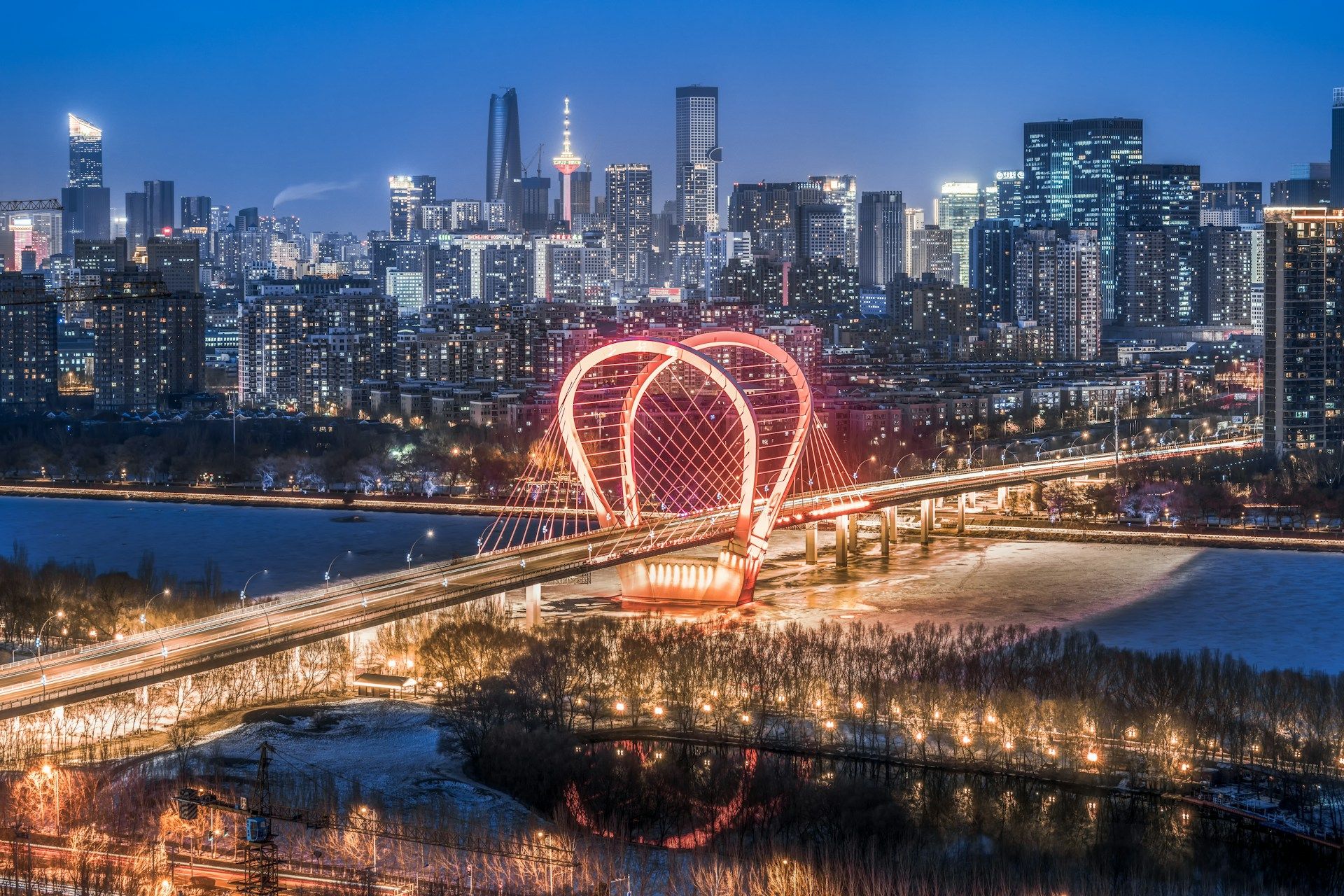您可能听说过北京和西安等中国城市,但沈阳呢?如果答案是否定的,请继续阅读,了解这座令人惊叹的城市及其值得体验的一切。

图片来源:Michael Myers 在 Unsplash
沈阳是中国东北最大的城市,也是辽宁省的省会,市区人口约800万,大都市区人口约1000万。正如您所想,这是一座相当庞大而重要的城市,但它却是一个被低估的旅行目的地。漫步其街头,您可以看到帝制时代的过去、上世纪的重工业以及快速发展的城市文化如何融合,创造出一座独一无二、无与伦比的城市。
与北京等拥有众多住宿选择的旅游城市,或西安那样景点经过精心打磨和完美保存的城市不同,在这里您可以获得更真实的体验,更原始地了解中国是什么样的。简单来说,沈阳不是一座为游客而设的城市,而这正是游览它的全部意义!您不会在每个角落都遇到兜售纪念品的人,但您会发现的那些纪念品会更独特、更便宜。
说到更便宜,让我们来谈谈Yoho Mobile的eSIM卡,以及为什么您在前往中国沈阳的旅途中会需要它。没有什么比免费产品更便宜了,所以不妨先试试我们的免费eSIM试用!之后,如果您喜欢我们的服务,喜欢流畅的互联网连接,以及合理且实惠的价格,您就可以购买自己的套餐。别忘了使用促销代码YOHO12,享受12%的折扣!
中国沈阳:趣闻与必访之地
“沈阳”字面意思是“沈之阳”,其中“沈”是浑河的古称。根据中国传统的命名习俗,河流的北岸,就像山坡的南坡一样,面向太阳,因此是“向阳”或“阳”的一侧。
沈阳浑河游船
还有什么比乘坐浑河游船更能开启您的浑河阳面之城之旅呢!您可以选择白日游船,最适合观赏主要地标和城市天际线;或者选择夜间游船,更加浪漫和神奇。如果您决定参观这座城市,尽量选择春季,因为那是中国最佳旅行季节,尤其是在东北地区。每年的这个时候,樱花盛开,无论白天何时,景色都令人惊叹。至于航线,晚上最好的路线是从南京桥到长青,在那里您可以欣赏到城市那一侧的所有灯光,摩天大楼灯火通明,数千盏LED灯倒映在河中。
探访清朝的发源地
沈阳在得名之前被称为盛京(Mukden),与其说是一座城市,不如说是女真部落(后来称为满族)的据点。随着清朝的建立,这一局面发生了改变。清朝是中国最后一个王朝,统一全国直至1912年,随后才让位于中华民国。
清朝的第一位皇帝皇太极于1636年在沈阳宣告立国,几年前他的父亲已在此建立居所和都城。尽管清朝的传统起始日期是1644年,当时皇太极夺取了北京的明朝都城和华北全境。然而,他最终选择在沈阳修建他的陵墓,以期在此永世安息。

图片来源:Xiaolin Zhang 在 Unsplash
盛京故宫,即沈阳故宫
盛京故宫的建造或许是为了仿效北京的紫禁城,但它融合了满族和藏族的建筑风格。它是后金王朝的建立者、皇太极之父努尔哈赤于1625年下令建造的。它实际上是中国现存的少数几座皇家宫殿之一,自2004年起被列为联合国教科文组织世界遗产。
盛京故宫内值得参观的地方:
-
大政殿: 又称大政殿,是举行所有重要仪式的场所。它两侧是十王亭,八旗首领在此设有各自的办公场所。
-
凤凰楼: 它位于另一座大殿之后,是当时整个城市中最大的建筑。这里是皇妃们的住所,为游客提供了了解皇家生活内幕的机会。
-
清宁宫: 这是皇帝和皇后的住所,位于宫殿的中区。它包含传统的满族建筑元素,如火炕,用于在漫长的冬夜里为皇室保暖。

图片来源:Michael Myers 在 Unsplash
北陵公园的昭陵
昭陵是清朝第一位皇帝皇太极及其孝端文皇后的安息之地。如果您在沈阳,这里是必访之地,也是中国最令人惊叹的陵墓之一。其建筑完美地反映了这座城市在建立之初所受到的多种影响,以及清朝的特点,融合了满族、汉族、蒙古族和藏族风格。
要抵达昭陵,您必须走过神道,神道两旁有石兽和神话生物,如獬豸和麒麟(象征正义与和平),以及白马和骆驼的守护。穿过下马碑(地位较低的访客需在此下马),您就来到了正红门,再穿过此门,便进入了陵墓建筑群。陵内有隆恩殿,用于举行祭祀仪式,以及明楼和宝城,这些建筑内是安放逝者遗体的地下宫殿。
苏联风格遗产与工业强劲动力
上个世纪,沈阳是中国工业之都,拥有大量工厂、武器生产,甚至后来还有苏联式的城市规划。它曾如此先进和工业化,以至于被称为“中国的底特律”,而其中一些价值观至今仍存。因为中国人非常重视实干和努力,并对自己的国家以及它是如何建设和重塑其遗产充满自豪。

图片来源:Createlite 在 Unsplash
沈阳苏军烈士纪念碑
它有点隐蔽,在一个不大不小的公共公园里,但如果您对该地区的历史感兴趣,这里是一个值得参观的地方。纪念碑的核心部分是一座顶部带有青铜坦克的尖塔,它提醒着这座城市的过去,也是对苏联军队在二战后解放中国所做贡献的纪念。纪念碑周围,您可以看到苏联烈士的墓碑,它们都庄重而整齐地排列着。
在公园的其他地方,您还可以欣赏到其他雕塑,它们描绘了苏联解放东北的场景,作为历史事件的视觉叙事。而公园之外的建筑则提供了另一个提醒,即这座城市与俄罗斯的历史渊源,其中许多建筑深受苏联时代建筑风格的影响。
9.18历史博物馆
中国和日本的历史可谓复杂,冲突与合作并存,这座博物馆就是一个鲜明的例子。在9.18历史博物馆中,您可以了解更多关于九一八事变的信息。这对中国来说是一件重大事件,因为它标志着日本入侵中国东北的开始,也是第二次世界大战在亚洲更广泛冲突的先兆。
博物馆的主要展品:
-
九一八事变纪念碑: 这座巨大的花岗岩纪念碑形似一本翻开的日历,上面刻有弹孔图案。
-
历史文物: 一个了解当时中日双方使用的武器以及中国烈士个人遗物的绝佳机会。
-
复原场景: 您可以看到多个立体模型和多媒体展示,重现了事变后14年抗战期间的关键时刻。这很好地证明了中国人民的韧性以及他们当时所面临的挣扎。
现代活力与本土文化
铭记和保留过去并不意味着停滞不前,沈阳就像中国的许多地方一样,就是最好的例证。这座城市不忘历史,但它不断前进,紧跟时代步伐。一些历史学家将其称为一个不断自我重塑的文化羊皮卷。
沈阳的年轻一代充满活力,融合了创造力、韧性和创新。他们拥抱并改造了城市的工业遗产。这里有许多创意中心和文化空间,包括夜生活场所、地下音乐场地以及丰富的表演艺术传统。甚至在线平台也蓬勃发展,许多亚文化在此繁荣兴盛。

图片来源:Julius Carmine 在 Unsplash
铁西区
得益于社区的努力,铁西区得到了改造和振兴,这个曾经是中国重工业基石的地方,如今已成为一个充满活力和创意的中心,吸引着各个年龄段的人。这里是了解城市过去、庆祝现在并展望未来的绝佳去处。
铁西区值得参观的地方:
-
红梅文化创意园: 位于一座改建后的味精工厂内,既是沈阳工业历史的见证,也是其创意未来的象征。这里充满了艺术画廊、设计工作室、图书馆和美食街,提供全面而地道的城市体验。
-
中国工业博物馆: 一个更好地了解国家工业发展并参观大量有趣文物和机械的好地方。
关于沈阳的最终思考
读完这些,您可能会问,沈阳是否值得一游,而不是去北京或西安?答案是肯定值得。这三座城市都非常值得一游,但如果您不是第一次来中国,沈阳会给您带来一种可能正在寻找的更真实的感受。它的游客较少,因此不那么令人应接不暇,也更自然。此外,东北人民更加热情好客,以幽默感著称,因此您有更多机会与当地人互动,看到中国不同的一面。
